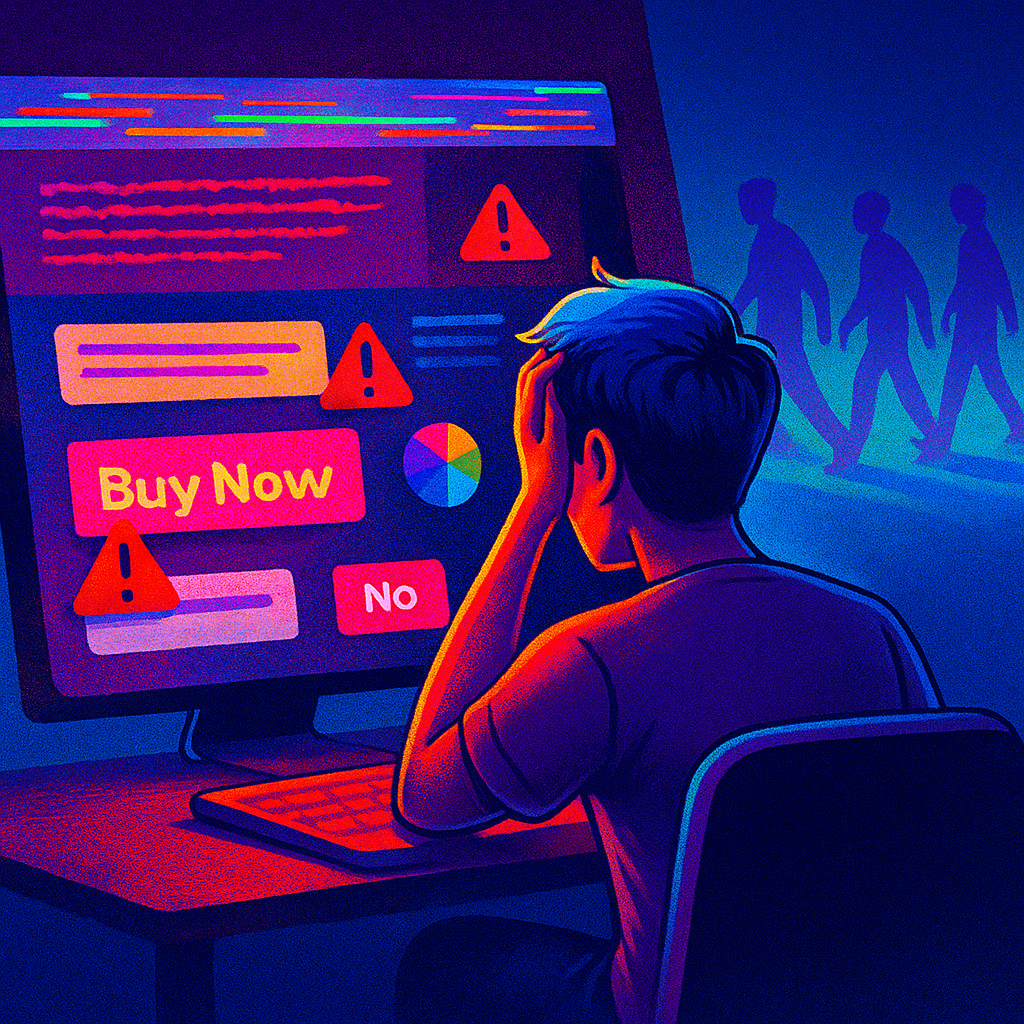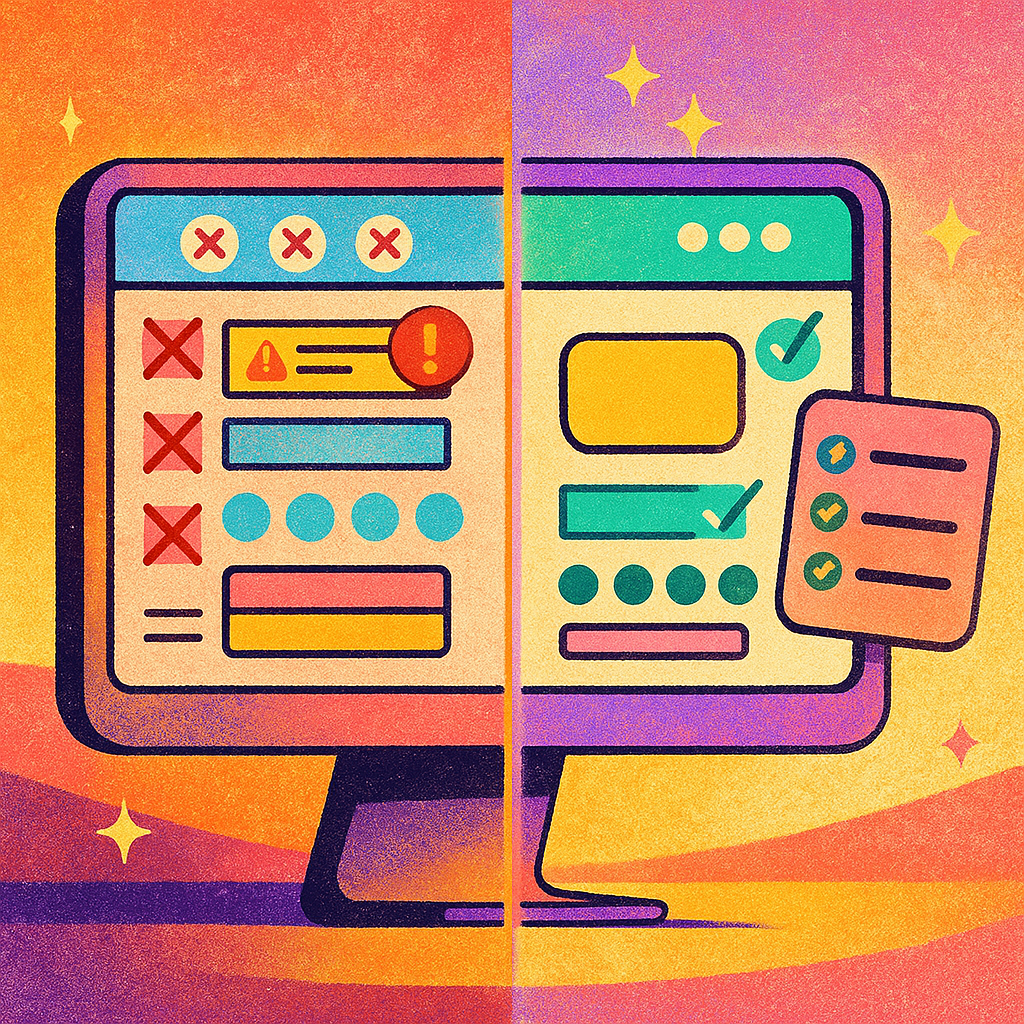Contextual Personas for Edge Devices
by Admin-checker
INDEX
Discover frequent mistakes teams make during usability testing and learn how to avoid them for better UX results.
Date Jul 23, 2025
INDEX

The process of usability testing enables teams to discover how actual users interact with digital products. The process of testing digital products becomes counterproductive when it is conducted hastily or without proper execution because it produces incorrect findings and results in unnecessary delays and poor choices. This article examines the primary usability testing errors together with their prevention methods to help you create superior products and deliver superior user experiences.
Even experienced teams fall into avoidable traps. These issues reduce the value of testing and can mislead your entire UX process.
Without clear goals, usability testing becomes unfocused. Before you begin, define what exactly you want to learn—like whether users understand a feature or complete a key task without confusion.
Using people who don’t match your real users skews the results. Test participants should reflect the actual behaviors, needs, and challenges of your target audience.
If moderators lead users, hint at answers, or interfere too much, the feedback becomes unreliable. A neutral approach is essential for valid user insights.
Focusing only on metrics like clicks or completion time can miss critical emotional cues. Observing hesitation, confusion, and user comments provides context that numbers alone can’t offer.
Teams that skip usability testing often end up with:
Testing helps you catch and fix issues before they become expensive problems.

A solid process avoids most mistakes. Use this checklist for every test session:
This approach ensures useful insights and fewer surprises after launch.
At Boosta, usability testing is part of every design decision. We refine our test scripts, observe real user behavior, and analyze emotional signals—not just numbers. By treating every test as a chance to learn, we build products that work better from day one.
We don’t just test—we optimize with purpose.
Usability testing is a powerful tool—but only if done right. Tests that are conducted hastily or without proper planning will create more problems than they solve. A well-defined process combined with the avoidance of typical errors leads to better insights and smarter product decisions and trusted user experiences.
The practice of usability testing becomes vital for anyone who wants to deliver usable products.
Teams use Zapier in boardrooms, spare rooms, and rooms where AI has ROI.